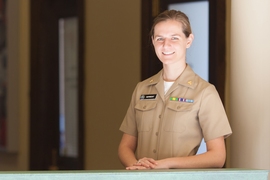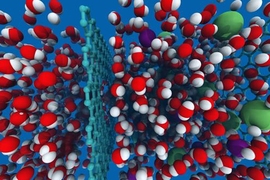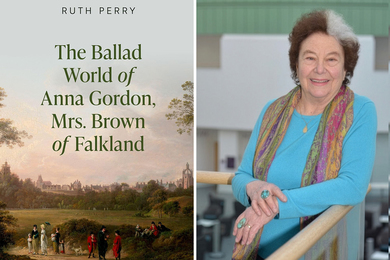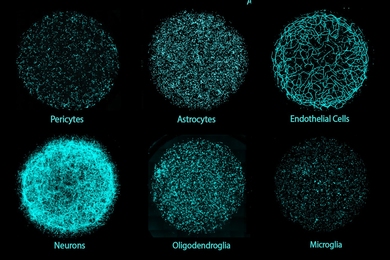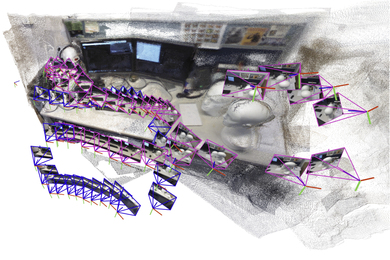The study of energy has been a growing field at MIT in recent years. Through programs created and facilitated by the MIT Energy Initiative (MITEI), students approach energy through a variety of personal interests: addressing climate change and other environmental challenges, developing new technologies to power the future, analyzing energy markets, and more. Shortly before Commencement, MITEI gathered its class of 2016 undergraduate and graduate energy students to celebrate their accomplishments during their time at MIT and hear about a few of their next steps.
Carolena Ruprecht, a nuclear science and engineering major with a minor in energy studies, will be operating nuclear reactors on aircraft carriers as a U.S. Navy nuclear surface warfare officer. “I liked the energy minor because as a science and engineering student, I learned about how things should work. By seeing those things in an energy context, you learn how connected things really are,” she said. Ruprecht explained that in her new role, she will need to understand how much energy is needed to power a ship — a learning process in which she’ll use skills gained through the energy minor.
“I think the energy minor set my long-term goals,” said Mohammed Alsobay, an undergraduate who earned a degree in chemical engineering with a minor in energy studies. He now plans to pursue a master’s degree in applied math at King Abdullah University of Science and Technology in Saudi Arabia, then join a global energy consulting firm. “I want to be involved in analyzing energy markets, so to achieve that, in the short term I’m getting a better quantitative skill set through applied math.”
Graduate students Shreya Dave and Michael Birk worked closely with MITEI in their research and extracurricular activities.
Dave, who earned a PhD in mechanical engineering, had been a part of MITEI’s Energy Education Task Force since 2013. The Task Force oversees the energy minor, MIT’s energy curriculum, and communicates MIT's interdisciplinary energy education model. “I was involved in the education side of the MITEI Undergraduate Research Opportunities Program [UROP] while at MIT,” she said. “I tried to help MIT undergraduates become involved in the energy community, which at the time was very graduate student-oriented. I helped the undergraduate energy club figure out their niche and also ran a program for energy [UROP students] to practice communicating and pitching their research so they could attend MIT Energy Night.” When she wasn’t helping undergrads, Dave researched materials for water filtration under Professor Jeffrey Grossman. She now plans to stay at MIT as a postdoc and is considering possibilities for a future startup company.
Birk, who graduated with an MS in technology and policy, gained real-world experience as a Statoil-MIT Energy Fellow and research associate for MITEI’s Utility of the Future Study. He will soon work for SolarCity in Brooklyn, New York, as a technical policy associate specializing in electric grid engineering solutions. Regarding the connection between his new job and his graduate work, Birk said, “They’re very much aligned: I’ll be taking what I learned in classes and applying it in conversations, discussions, and projects at SolarCity.”
“The energy field is a relatively new industry,” said Amy Glasmeier, a professor of economic geography and regional planning and former co-chair of the Energy Education Task Force and the Energy Minor Oversight Committee. “We need to take the systems that are already in place and improve upon them in the future.”
“MITEI’s students at the undergraduate and graduate levels are working on the most pressing energy issues,” added Antje Danielson, MITEI’s director of education. “Having just joined MITEI, I am already very impressed by their research, and their ability to work with each other even though they come from different disciplinary backgrounds. Their experience here has prepared them well for careers that advance the new, low-carbon energy future.”

